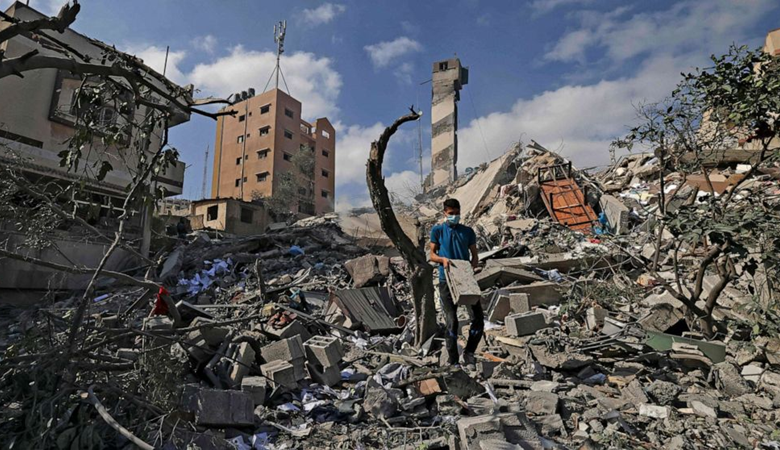New Gaza Cease-Fire Talks Begin Amid Persistent Obstacles: What’s Stalling the Deal?

News Mania Desk/Agnibeena Ghosh/14th August 2024
International mediators are set to renew cease-fire talks between Israel and Hamas, aiming to resolve the ongoing conflict that has plagued Gaza for nearly a year. The negotiations, beginning this Thursday, are seen as a crucial effort to halt the hostilities that have resulted in significant loss and suffering. Despite the urgency and the lengthy discussions over a proposed plan, the path to a deal remains fraught with challenges.
The proposed cease-fire, discussed for over two months, is meant to end the conflict and address the issue of approximately 110 hostages still held in Gaza. However, substantial progress has been elusive, with both sides struggling to agree on key terms. The fighting continues unabated, and fears of broader regional conflict involving Iran and Hezbollah add to the complexity of reaching an agreement.
In May, U.S. President Joe Biden presented a cease-fire plan described as a “road map” to a lasting peace. The proposal outlines a three-phase approach: an initial six-week cease-fire, followed by extended negotiations and a final phase focusing on Gaza’s reconstruction. The first phase includes a comprehensive cease-fire, the withdrawal of Israeli forces from densely populated Gaza areas, and the release of some hostages in exchange for Palestinian prisoners. Increased humanitarian aid and the return of Palestinian civilians to their homes are also part of this phase.
The second phase would focus on negotiating the release of all remaining hostages and a complete Israeli withdrawal from Gaza. The temporary cease-fire is intended to evolve into a permanent one, followed by the third phase, which involves significant reconstruction efforts in Gaza.
Despite Biden’s endorsement, the proposal has not broken the deadlock. Both Israel and Hamas have voiced concerns that complicate the negotiations. Israel fears that the cease-fire could be prolonged indefinitely if Hamas drags out negotiations over the second phase. Conversely, Hamas worries that Israel might resume hostilities once vulnerable hostages are released, a concern echoed by recent comments from Israeli Prime Minister Benjamin Netanyahu.
Additional complications have emerged with Israel reportedly introducing new demands that were not part of the original proposal. These include maintaining control over a border strip along Gaza and ensuring that Israeli forces can monitor key areas. Hamas has rejected these demands, viewing them as potential pretexts for continued conflict. Furthermore, disputes over the release of Palestinian prisoners and a list of surviving hostages have also stalled progress.
The situation worsened last month when a blast killed Hamas leader Ismail Haniyeh in Tehran, an attack attributed to Israel but not officially confirmed. This assassination, along with Israel’s killing of a top Hezbollah commander, heightened regional tensions and diverted attention from the cease-fire talks. The resulting threats of retaliation from Iran and Hezbollah have intensified the diplomatic crisis.
Both Netanyahu and Hamas’ new leader, Yahya Sinwar, have vested interests in prolonging the conflict. Netanyahu faces political pressure from his coalition partners, while Hamas benefits from international condemnation of Israeli actions. The ongoing conflict and the associated political risks for both sides make reaching a cease-fire increasingly complex.
As the new round of talks begins, the path to peace remains uncertain, with numerous obstacles yet to be overcome. The international community watches closely, hopeful for a breakthrough that will bring an end to the enduring crisis in Gaza.






